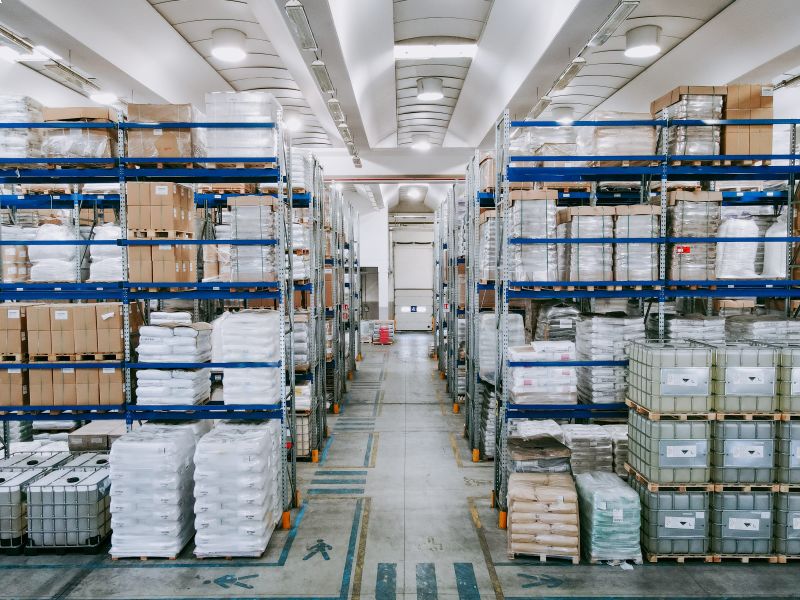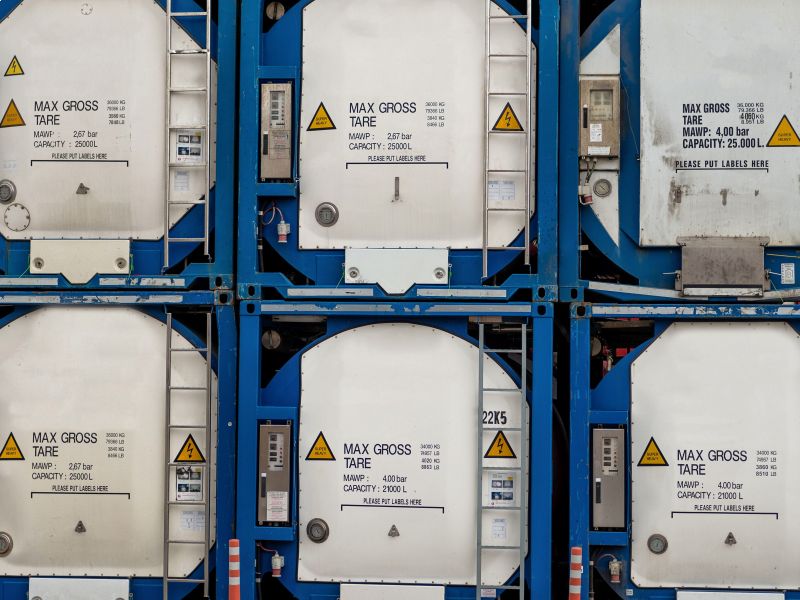Inert materials storage: what procedures must be followed?.
The storage of inert materials requires proper management: inert materials are materials that, due to their characteristics, must be managed correctly to ensure environmental safety. Storing aggregates in the correct way is a fundamental aspect of environmental protection and the protection of people's health.
Knowing the specific characteristics of aggregates, complying with applicable regulations and implementing safety procedures ensure proper management of these hazardous materials.
The characteristics of inert goods
Inert materials are substances whose main characteristics are great chemical stability over time and a low level of biodegradability, unlike other types of materials that undergo chemical changes more easily and decompose more easily.
Inert materials include materials from building construction and renovation and non-construction materials such as plastics, water-based resins, lubricants, polymers, clay and pigments.
Inert materials are used extensively in construction, industry and infrastructure, and require specific precautions for storage.
Inerts have many uses, however they need proper management to avoid negative impacts on the environment and people: if not disposed of in the right way, they can accumulate in large quantities compromising soil, groundwater and air quality.
How inert storage is regulated
The management of aggregates is subject to specific rules and regulations that vary from country to country. These regulations serve to ensure proper and safe management of inert materials and to regulate storage, treatment and disposal.
The rules and regulations focus on different aspects of aggregates management: they may establish specific criteria for the selection and preparation of the storage site and define how aggregates management operations are monitored to ensure that standards are met.
It is crucial that those who manage aggregates are aware of the regulations in place and take the necessary measures for proper management. This implies knowledge and enforcement of applicable regulations, training of personnel involved in aggregates management, maintenance of storage sites and implementation of appropriate monitoring and control systems.
Procedures for safe inert storage
The storage of inert waste requires the implementation of specific procedures:
- selection and preparation of the storage site, so that it is suitable for the storage of aggregates;
- assessment of risks arising from storage;
- adoption of appropriate measures to contain the materials, such as the use of physical barriers to prevent dispersion into the surrounding environment;
- constant monitoring of storage conditions, to check that there are no issues requiring rapid intervention;
- documentation of all storage operations, reporting material volumes, storage dates and information that may be relevant.
In conclusion, safe aggregate storage procedures are a complex process that requires attention and responsibility.
For the storage of these materials, it is important to rely on companies with experience in the sector: Corsini has been ensuring its customers the correct and safe handling of inert materials such as plastics, water-based resins, lubricants, polymers, clay and pigments for over 65 years.
Contact us for more information.
News.
STAY UP TO DATE ON HAZARDOUS GOODS AND THE CHEMICAL SECTOR
The world of hazardous goods transportation is constantly evolving, as are the regulations affecting the shipment and logistics of hazardous substances and chemicals. Stay up-to-date with our industry articles.

 Registered office: Viale Etiopia, 5 - 20146 Milano (MI)
Registered office: Viale Etiopia, 5 - 20146 Milano (MI)












